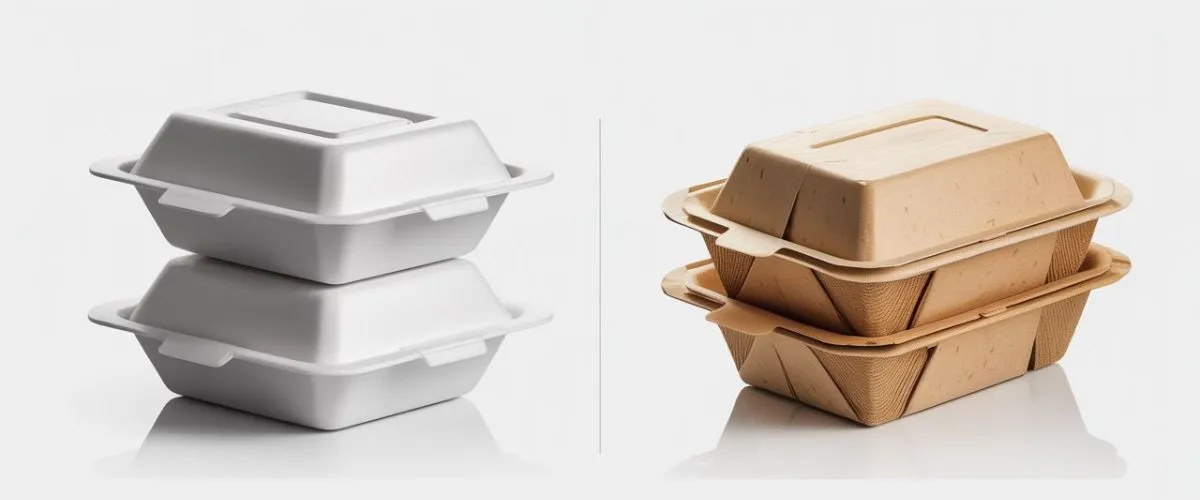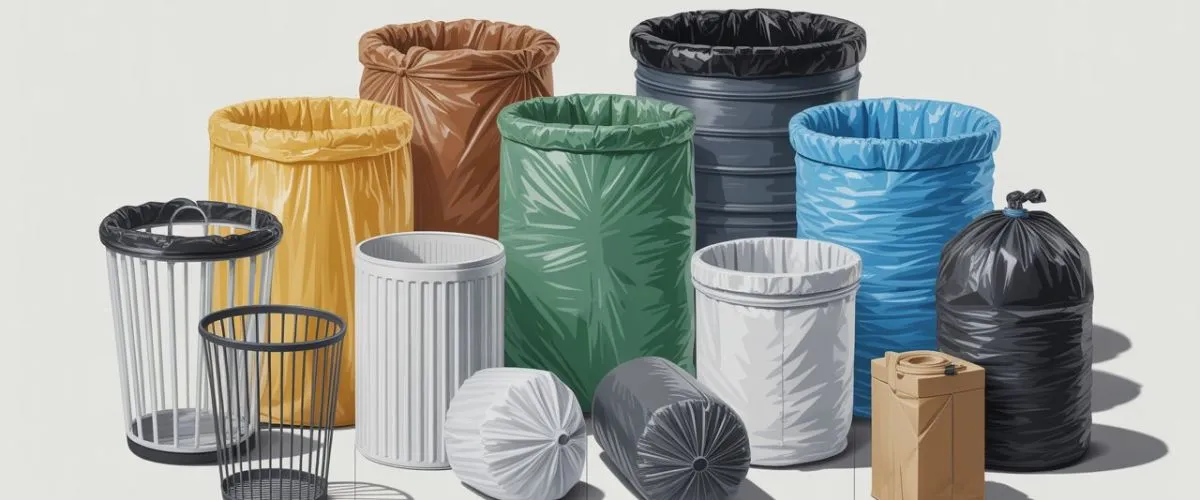Low density and high density are very vital concepts when it comes to identifying the appropriate plastic materials to be used in packaging, storage, or waste management. These are the two kinds of plastics, primarily polyethylene, and they are used in the house garbage bags and also in industrial containers. Low-density and high-density plastics are very different, though they appear to be the same. Their nature, elasticity, and power characterise their functioning within the real-world circumstances.
This guide, presented by a leading disposables supplier, describes the actual distinction between low-density and high-density materials in plain language, with an emphasis on Low-Density Can Liners — one of the most widespread and practical applications of low-density plastic.
What Does Density Mean?
- Density is in the simplest meaning, is the compactness of molecules within a material.
- A high-density material is obtained when the molecules are closely packed.
- When the molecules are loosely dispersed, it is a low-density material.
This variation in molecular structure alters the feeling and the behavior of a material.
LDPE
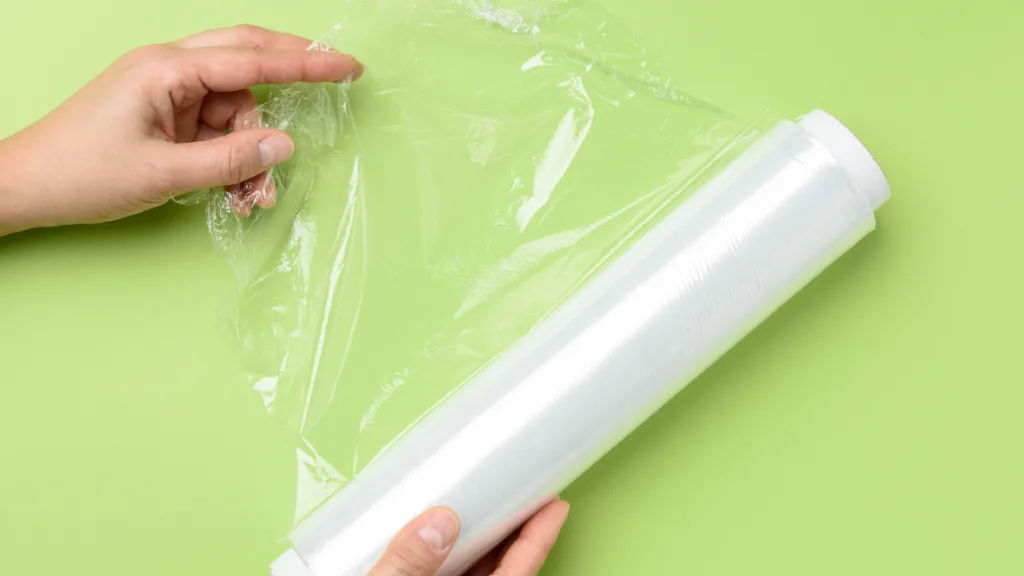
LDPE is capable of bending and stretching without tearing. This is suitable for wrapping or covering uneven surfaces.
Primary Properties of Ldpe Are:
- Soft and pliable surface
- Good transparency
- Flexible and stretchable
- Hard to wear and waterproof.
- Flexible use, which is very durable but not so rigid.
Common Uses of Ldpe Include:
- Plastic films and wraps
- Flexible tubing and cable insulation.
LDPE is the material in the background of those stretchable garbage bags that cannot tear easily when loaded with heavy or uneven things.
HDPE
HDPE is linear. It is well capable of retaining its shape, and it is very puncture and chemical resistant.
HDPE is not as flexible as LDPE but much stronger in its strength. This is ideal in products that need to remain firm or be able to hold weight not to bending.
The Main Properties of Hdpe Are:
- High tensile strength
- Rigid and durable structure
- Chemically and puncture-resistant.
- A little hazy or clear.
- Unflexible and highly powerful.
Common Uses of Hdpe Include:
- Plastic containers and bottles are hard.
- Piping and industrial tanks
- Plastic crates and bins
HDPE is the best choice when the desired strength rather than flexibility is required.
The Real Difference Between Low Density and High Density
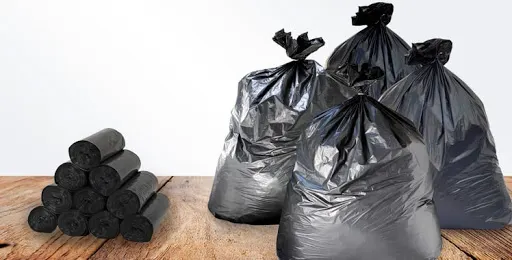
With the benefit of both materials in mind, the low vs high density difference is now more apparent.
- Molecular Structure: The low-density plastics are branched, whereas the high-density plastics are linear. This one structural contrast influences all the other things- strength, texture.
- Flexibility and Strength: LDPE is flexible and soft, thus ideal in bags that have to expand or go around unusual objects.
- Application: LDPE is also appropriate for work that requires stretching and bending, such as Low Density Can Liners or wrapping films. HDPE is superior in structured products, which are load-bearing, like containers, drums, or rigid liners.
Low Density Can Liners: Plastic and Sturdy
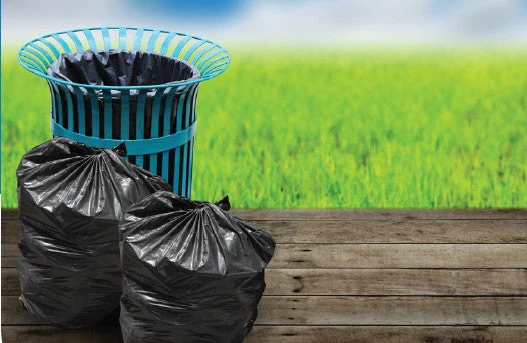
Low-density can liners are the most widespread and a very practical example of LDPE products. These liners are the powerful, elastic garbage bags that are used at home, offices, and industries.
They are also flexible to enable them to deal with waste of various shapes and weights without tearing. LDPE bags do not break upon stretching, but instead, they stretch to fit sharp or bulky objects.
Low-density Can Liners Have the Following Advantages:
- Great Elasticity: The liner is elastic and does not rip when placed around odd objects.
- Puncture Resistance: sharp or uneven trash will be less likely to tear.
- Strong and robust Durability: They are stronger and thicker than thin HDPE liners.
- Silent Material: LDPE liners do not sound crinkly like the thin white plastic bag.
- General Purpose: Can be used in the domestic, food service and industrial wastes.
Such liners are particularly popular in places, such as restaurants, construction sites and offices, where heavy or odd-shaped pieces of trash are likely to be present.
Cost Difference
The price is usually dependent on the application. The HDPE liners tend to be less expensive since they require less material to be of the same strength. The LDPE liners are a little more costly but flexible and puncture-resistant, minimizing the chances of leakages and changeovers.
In the case of a business, the selection of the correct liner does not only depend on price but also on durability and performance. These may prove to be cost-effective in the long term in high-waste or high-use locations.
Conclusion
The issue of low vs high density is not which is better, but what is better, which depends on your purpose.
LDPE is the choice of stretchable and flexible material that will withstand punctures. It is ideal for such products as low-density can liners, wraps, and packaging films. HDPE is suitable for containers, pipes, and heavy-duty packages.
Read Also: Tin Foil vs Aluminum Foil: What’s the Real Difference?





